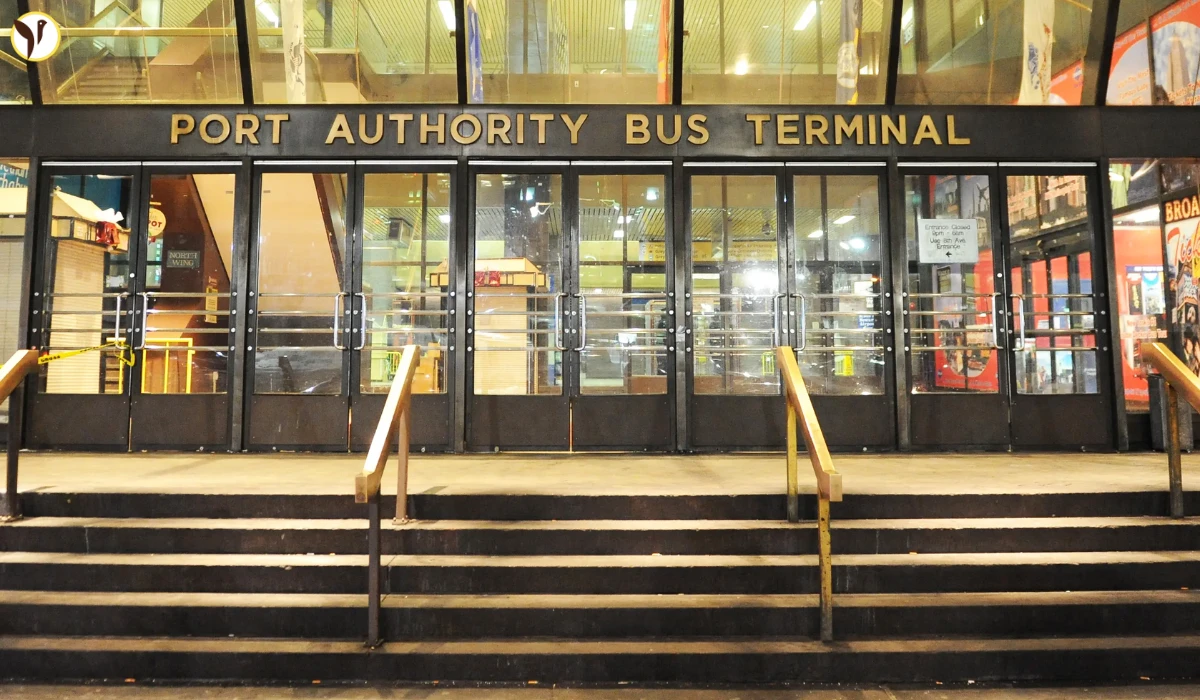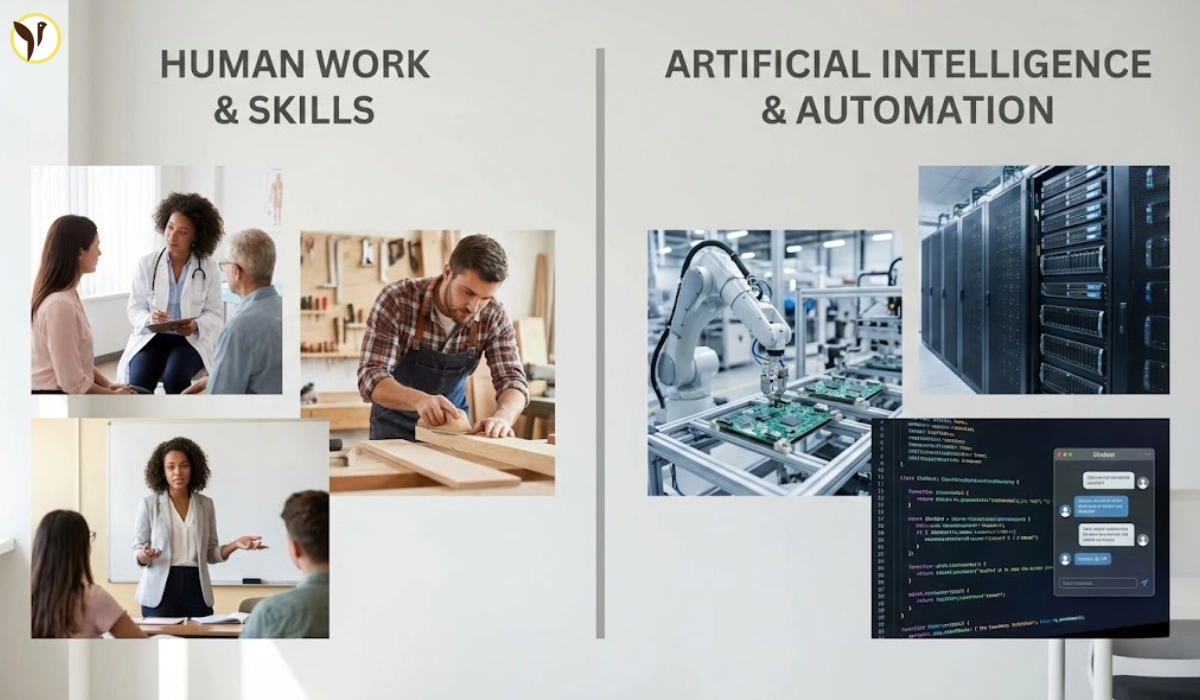Just after 6:15 this past Wednesday morning, two NJ Transit buses collided right in front of the Port Authority Bus Terminal, in Manhattan. An accident like this at the bus entrance blocked the major bus lane from the Lincoln Tunnel and sent whatever order that existed for the 6 am rush into chaos. It did not take long to have emergency responders on the scene, there were sirens everywhere and lights everywhere, and as soon as I am able to reporters will comprehend the messy situation, in which 14 occupants injured, but all with non-life-threatening injuries - well, for the most part - as one of the bus drivers was trapped and required gentle help to be safe. The scene was urgent and noisy and in such disarray—people helping each other with confusion, faces with reflections of fear and anxiety, faces observing the crash scene, hands and faces with emergency response denoting a sense of rush. I heard voices all around, "Is everyone okay"; I can imagine those questions traveling and echoing until met with a noticeable deafening silence -- along with loud silence -- smack in the middle of the busiest time; when people are the most stressed, attempting to reach jobs, daycare for kids, or an appointment.
-
14 people injured, treated on-site
-
One driver extricated from wreckage
-
FDNY, Port Authority Police responded immediately
-
Buses rerouted mid-rush, causing backup into the Lincoln Tunnel
Terminal shut down—commuters scramble for alternatives
Port Authority closed its terminal after the collision. That sent waves of ripples through the usual flow. NJ Transit immediately redirected buses to Secaucus Junction, Newark Penn Station, and Hoboken Terminal. That was good in the moment—but only partially. The sudden crowd surge overloaded these nearby hubs. People stood in lines, phones out, checking apps. Some tried ride-shares, others called family. A headline on X (Twitter) from NJ Transit read:
“New York Port Authority is closed due a multi bus accident. NJ TRANSIT bus service traveling to and from the New York Port Authority Bus Terminal is being diverted to Secaucus Junction, Newark Penn Station and Hoboken Terminal.”
1/2New York Port Authority Bus Terminal is closed due to a multi bus accident. NJ TRANSIT bus service traveling to and from the New York Port Authority Bus Terminal is being diverted to Secaucus Junction Newark Penn Station and Hoboken Terminal. All trains will stop at Secaucus
— NJ TRANSIT (@NJTRANSIT) July 2, 2025
Still, boarding there was slow and clumsy. Several folks posted about waiting in long lines. One commuter said, “I missed my train already, now stuck trying to reroute.” Another wrote, “Staff are doing their best, but too many people and too little space.” It shows how quickly a single crash can topple a whole system that moves around 200,000 people every weekday. Lincoln Tunnel traffic backed up for almost an hour, cars at a standstill, horns blaring as frustrated drivers shouted over the noise.
What’s not been talked about—but really matters
Everyone's focused on the crash itself. But there are deeper issues worth discussing:
-
Lane layout risk: The bus lane by Gate 1 is narrow and turns quickly. When traffic stacks up in morning crunch, there’s little room for error.
-
Driver fatigue: Buses run on tight schedules at pre-dawn. Could long shifts or early hours have impaired reflexes or slowed braking?
-
Safety tech: Modern cars use collision-avoidance systems. Why aren’t commuter buses outfitted the same? This crash could be a case study.
-
Crowd control at backups: Secaucus and Newark stations were overwhelmed. Were there staff or barriers to guide crowds safely? Reports suggest some improvisation—but perhaps protocols need review.
-
Emergency response drills: FDNY and Port Authority police got there fast. But in a bigger crash, would the exit routes and spill zones handle people safely?
These gaps might not make headlines—but they matter if we want to prevent next time.
Shadows of emotion: riders speak out
Commuters shared candid moments online:
“Stood there frozen for a sec… then saw people helping each other, handing out water, checking on parents with kids.”
“If my kid wasn’t with me, I would’ve just burst into tears. That’s how close it felt to something really bad happening.”
An Instagram story showed a worker handing out coffees near Secaucus, captioned: “Trying to help stranded people feel a bit better.” Such small moments shine light into chaos, showing real human kindness amid confusion.
What comes next—and why it matters to you
- Ongoing investigation: The FDNY, Port Authority, and NJ Transit will be unpacking bus speed, lane configuration, and driver logs.
- Temporary impact: Re-routed buses and delays are expected for the duration of the day.
- Push for improvements: Expect to hear a push for better safety technology and safer lane configurations based on all the advocacy from riders, unions, and other advocates for safer public transit.
- Riders will become savvy: Today was a stress test. What it demonstrated was how a single event can impact multiple transit hubs. It was a company-wide meltdown. Now riders will start demanding better notifications and contingency plans to avoid being stranded.
Think about these commuter‑first steps
- Use NJ Transit alerts and apps sooner - Not just waiting until you are at the terminal.
- Blade over to alternative stations like Newark Penn or Hoboken if a backup route starts for you.
- Utilize ride-shares or share ride-pools when there are glitches or disruptions in the technology.
- Be agile - A serious crash like today may finally tip the scales over towards installing safety technology like auto-braking on all buses.









